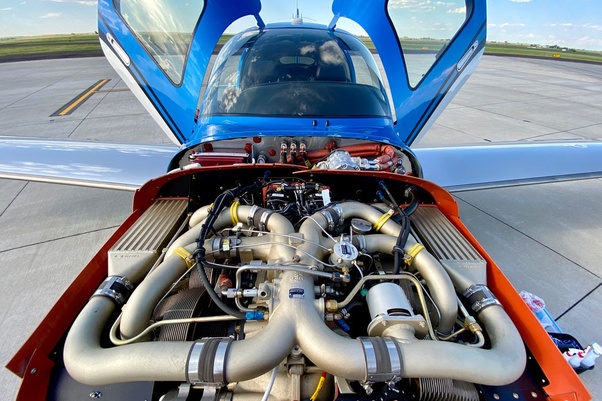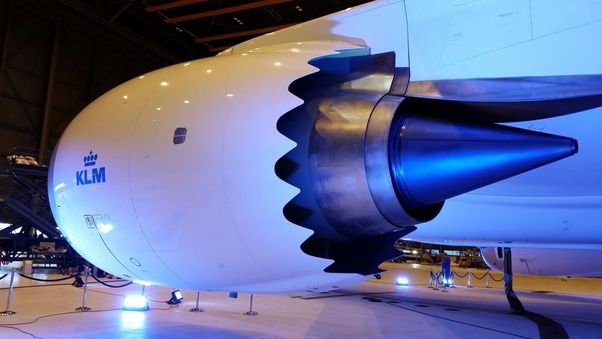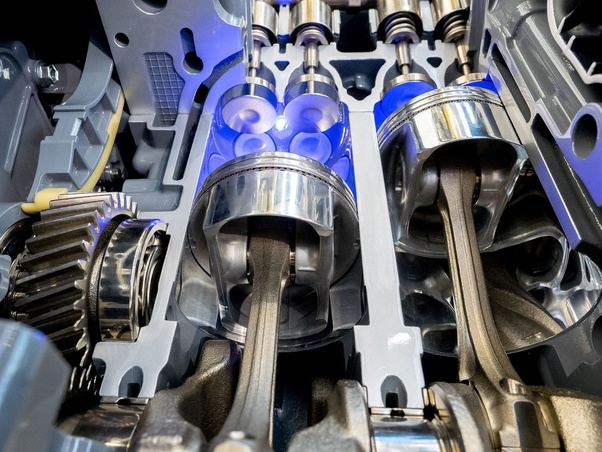A piston engine is a type of internal combustion engine that uses one or more pistons to convert the pressure of burning fuel and air into mechanical motion. Although piston engines are frequently found in both cars and airplanes, their applications, performance, and design differ in some ways.

Some of the main differences between an automotive piston engine and an aircraft piston engine are:
Automotive piston engines usually have four, six, or eight cylinders arranged in a V shape, an inline shape, or a flat shape. Aircraft piston engines usually have four or six cylinders arranged in a flat shape (horizontally opposed), or sometimes in a radial shape (circular). The flat or radial configuration allows better air cooling and a lower center of gravity for aircraft engines.
Automotive piston engines usually use liquid cooling systems that circulate water or coolant through the engine block and radiator. Aircraft piston engines usually use air cooling systems that rely on the airflow over the engine fins and cylinders. Air cooling reduces the weight and complexity of the engine, but also limits the power output and altitude performance.

Automotive piston engines usually use a single ignition system that consists of a battery, a distributor, and spark plugs. Aircraft piston engines usually use a dual ignition system that consists of two magnetos, two sets of spark plugs, and two sets of wires. The dual ignition system provides redundancy and safety in case of failure and also improves combustion efficiency and power output.
Automotive piston engines usually use gasoline as fuel, which is delivered by a fuel pump, a fuel injector, or a carburetor. Aircraft piston engines can use gasoline or aviation fuel (avgas), which is delivered by a fuel pump and a carburetor or a fuel injector. Avgas has a higher octane rating and lower volatility than gasoline, which makes it more suitable for high compression and high altitude conditions.

Automotive piston engines usually have an automatic mixture control system that adjusts the ratio of fuel and air according to the engine speed, load, and temperature. Aircraft piston engines usually have a manual mixture control system that allows the pilot to adjust the ratio of fuel and air according to the altitude, density, and temperature of the air. The manual mixture control system helps to optimize the engine performance and prevent detonation or preignition.





